Soybean extruders are becoming increasingly crucial equipment in the food and industrial processing industries. These machines play a vital role in transforming soybeans into a wide range of valuable products. But how exactly do soybean extruders work, and what are the benefits they offer?
What are Soybean Extruders?
Soybean extruders are essentially industrial machines that utilize high temperatures, pressure, and friction to cook and shape soybeans into various forms. This process, known as extrusion, offers a highly versatile and efficient way to modify the physical and nutritional properties of soybeans.
The Power of Extrusion
The extrusion process in a soybean extruder involves several key steps:
- Feeding: Soybeans are fed into the extruder barrel where they are mixed with other ingredients if required, such as grains, vitamins, or minerals, depending on the desired final product.
- Cooking and Shearing: Inside the barrel, a rotating screw applies intense pressure and shear forces to the mixture. This intense heat and friction cook the soybeans while simultaneously breaking down their cell walls. This breakdown process improves the digestibility of proteins and starches within the soybeans.
- Molding and Forming: As the cooked soybean mixture moves through the barrel, it encounters a forming die. This die shapes the mixture into the desired final product shape, such as pellets, flakes, textured vegetable protein (TVP) that mimics meat in texture, or even intricate shapes for specific applications. The die plays a crucial role in determining the final form and functionality of the extruded product.
- Drying and Cooling: The extruded product exits the die and is conveyed to a drying and cooling section. This step removes excess moisture and ensures the final product has the appropriate texture and stability for storage and further processing. The drying temperature and time can also be precisely controlled to influence the final product’s characteristics.
Benefits of Using Soybean Extruders
Soybean extruders offer a multitude of advantages over traditional processing methods. Here are some of the key benefits:
- Improved Nutritional Value: The extrusion process can enhance the digestibility of certain nutrients in soybeans, such as protein and starches, making them more readily available for absorption by the body. This is particularly beneficial for animal feed applications, where improved digestibility translates to better feed conversion rates and reduced waste.
- Enhanced Product Texture: Extrusion allows for the creation of various textures, from smooth pastes for infant formula to coarse crumbles for breakfast cereals, depending on the desired application. This versatility is particularly valuable in food production, enabling the creation of innovative and appealing food products.
- Reduced Waste: Extrusion minimizes waste by utilizing the entire soybean kernel. Additionally, the high temperatures during extrusion can inactivate anti-nutritional factors present in soybeans, such as trypsin inhibitors, which can hinder nutrient absorption. This improves overall product quality and safety.
- Increased Efficiency: Compared to traditional methods like mechanical pressing or solvent extraction, soybean extruders offer a more continuous and efficient production process. The automation capabilities of modern extruders further enhance efficiency and reduce reliance on manual labor.
- Versatility: A single soybean extruder can be used to create a wide range of products, making it a valuable investment for businesses looking to diversify their offerings. From food products like TVP and breakfast cereals to animal feed pellets and bioplastics, the applications of soybean extruders are vast and ever-evolving.
Beyond Food: Industrial Applications of Soybean Extruders
The use of soybean extruders extends beyond the food industry. These machines are also employed in:
- Aquaculture: Creating high-quality fish and shrimp feed with improved digestibility and palatability. Extruded feed can be formulated to meet the specific nutritional needs of different fish and shrimp species, promoting optimal growth and health.
- Bioplastics: Developing eco-friendly bioplastics from soybean meal. By using soybean extruders, manufacturers can create biodegradable alternatives to traditional plastics, contributing to a more sustainable future.
- Pet Food: Producing high-protein, palatable pet food using extruded soybean meal. The versatility of extruders allows for the creation of kibble in various shapes and sizes, catering to different pet preferences.
The Future of Soybean Extrusion Technology
As the demand for sustainable and efficient food and industrial processing solutions grows, soybean extrusion technology is poised for continued development. We can expect advancements in areas like:
- Increased Efficiency and Automation: Extruder designs will likely become even more efficient, with further automation capabilities to optimize production processes and minimize waste.
- Development of New and Innovative Soy-Based Products: Research and development efforts will focus on creating novel soy-based products that cater to evolving market demands, such as plant-based meat alternatives with improved texture and flavor.
- Sustainability Improvements: Extruder manufacturers will strive to develop even more sustainable practices, such as reducing energy consumption during the extrusion process.
By leveraging the transformative power of soybean extruders, businesses across various industries can unlock new possibilities for utilizing soybeans and creating innovative products that meet growing market demands for sustainability, nutrition, and versatility. If you’re considering incorporating soybean extrusion into your operations, be sure to consult with a reputable manufacturer of soybean extruders to determine the best equipment and configuration to suit your specific needs.

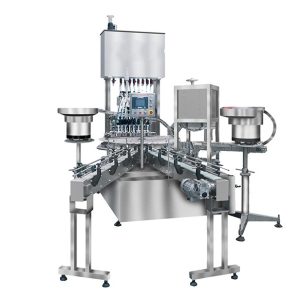
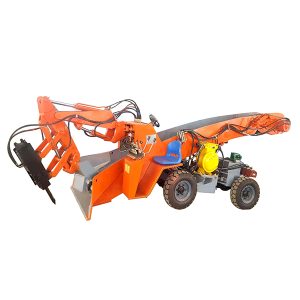
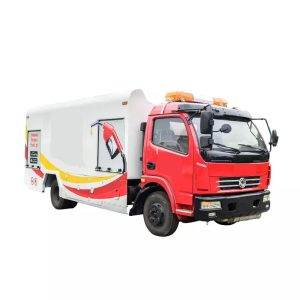
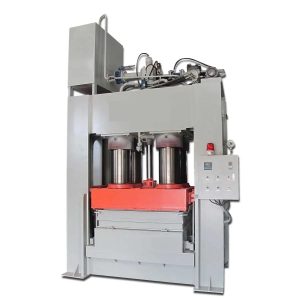

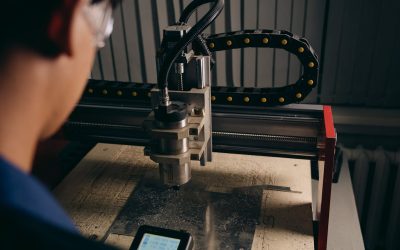
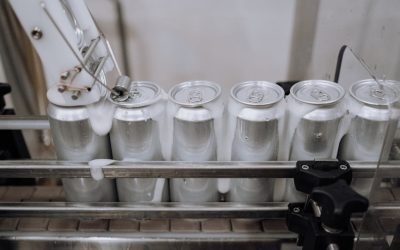

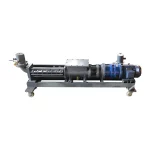
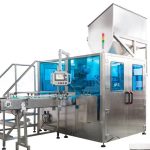
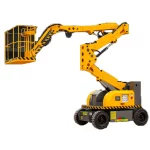
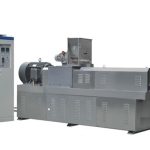
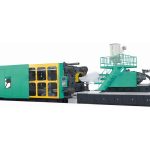

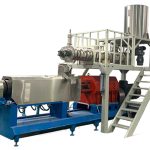

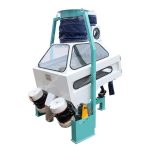
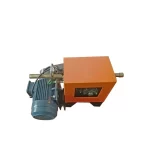
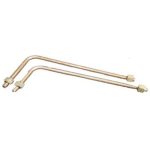
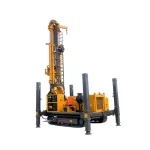

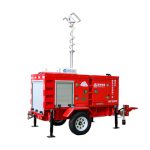
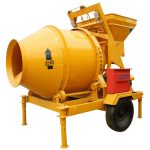

0 Comments